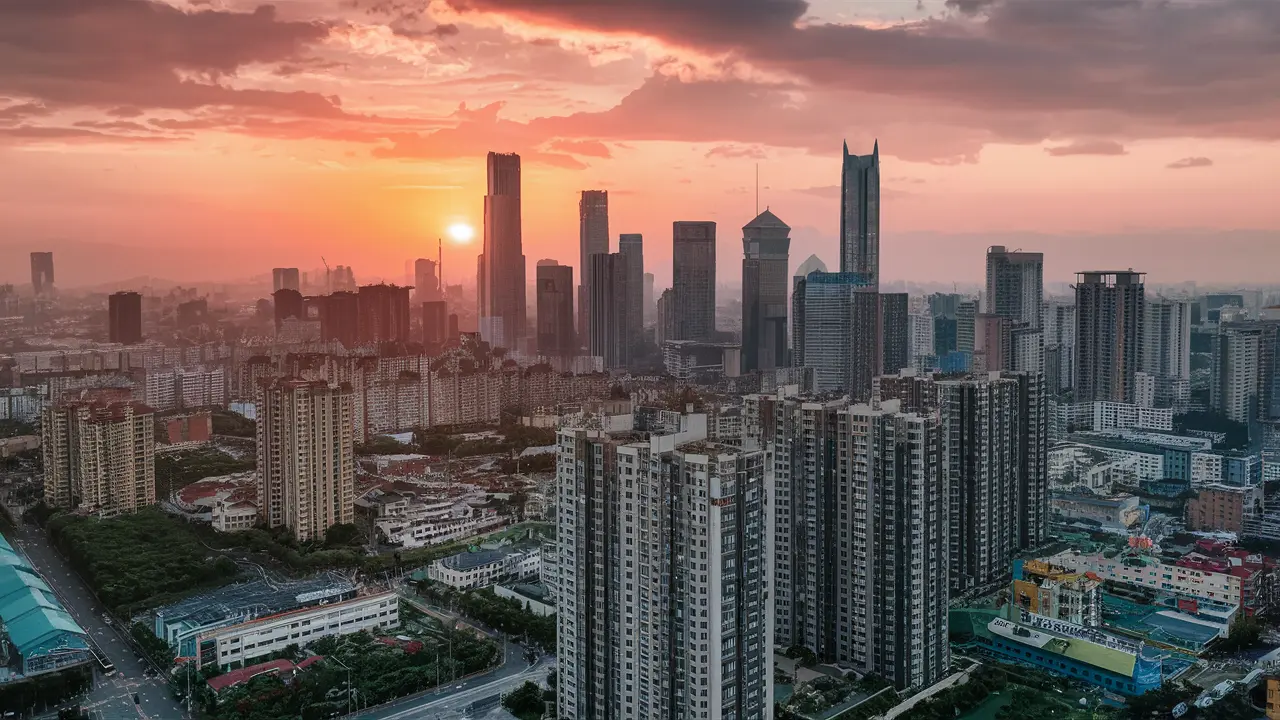Master planning in urban development is crucial as it provides a strategic framework for the long-term growth, transformation, and sustainability of cities. Here are several key reasons why master planning is important:
- Coordinated Development: Master planning ensures that urban growth is coordinated and cohesive across different sectors such as housing, transportation, infrastructure, and public amenities. It prevents ad-hoc development and promotes a well-integrated city layout.
- Optimized Land Use: By identifying suitable areas for residential, commercial, industrial, and recreational purposes, master planning helps optimize land use efficiency. It minimizes urban sprawl, preserves natural habitats, and protects valuable agricultural or ecological lands.
- Infrastructure Planning: Master plans include provisions for essential infrastructure such as roads, utilities (water, sewerage, electricity), public transportation, and telecommunications. Planning these elements in advance avoids bottlenecks, enhances connectivity, and supports economic activities.
- Environmental Sustainability: Effective master planning incorporates principles of sustainability by promoting green spaces, energy-efficient buildings, renewable energy sources, and sustainable water management practices. It mitigates environmental impacts and enhances resilience to climate change.
- Quality of Life: Urban development guided by master plans enhances the quality of life for residents. It ensures access to essential services like healthcare, education, and recreation facilities. Well-planned neighborhoods with green areas and safe pedestrian paths contribute to a healthier and more livable environment.
- Economic Development: Master planning supports economic growth by identifying areas for commercial and industrial activities, fostering innovation districts, and attracting investments. It creates employment opportunities, stimulates local businesses, and boosts the city’s competitiveness.
- Social Equity and Inclusivity: Master planning addresses social equity by promoting affordable housing, mixed-income neighborhoods, and equitable access to amenities and public services. It considers the needs of diverse population groups and fosters social cohesion.
- Resilience and Disaster Preparedness: Cities face various risks such as natural disasters and climate-related hazards. Master planning incorporates strategies for disaster preparedness, emergency response, and resilient infrastructure to safeguard residents and minimize damage during crises.
- Long-Term Vision and Flexibility: A master plan provides a long-term vision for urban development, typically spanning 10-20 years or more. While it outlines a strategic direction, it also allows flexibility to adapt to changing circumstances, technological advancements, and evolving community needs.
- Stakeholder Engagement and Transparency: Master planning involves extensive stakeholder engagement, including residents, businesses, NGOs, and government agencies. It promotes transparency in decision-making processes, builds consensus, and ensures that diverse perspectives are considered.
In summary, master planning in urban development is essential for creating sustainable, resilient, and inclusive cities. It sets a strategic framework that guides growth, protects the environment, enhances quality of life, and promotes economic vitality, ultimately shaping cities into vibrant and thriving places for all residents..

